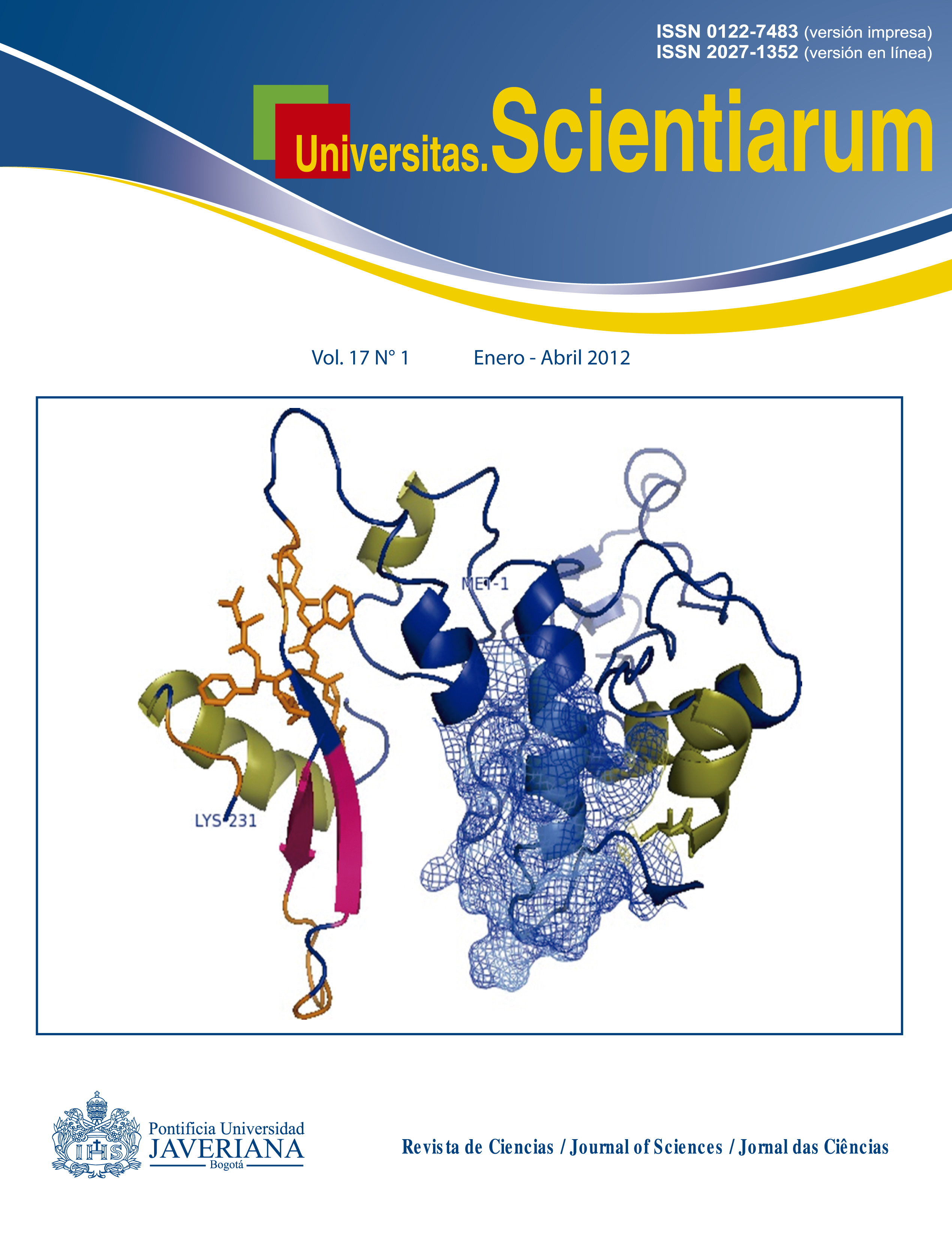Abstract
Rickettsiosis was first described in Colombia in 1937 by Dr Luis Patiño during an outbreak of a disease with unspecific signs. Rickettsia is a genus of Gram-negative intracellular obligatory bacteria having caused several epidemics around the world, and are transmitted mainly by ticks, fleas, lice and mites. The most fatal within this group of diseases is known as Rocky Mountain Spotted Fever (RMSF), which is caused by Rickettsia rickettsia. There is also the endemic typhus caused by Rickettsia typhi and epidemic typhus caused by Rickettsia prowazekii. In Colombia, several outbreaks of RMSF have occurred during the last decade. The best known among those have hit the municipalities of Necoclí and Turbo, in Antioquia in 2006 and 2008 respectively, and Los Cordobas in the department of Cordoba in 2007. The goal of this review is to describe the state of the art of rickettsiosis, a forgotten lethal disease that has re-emerged in our country, and leave some questions as an inspiration for future research that will hopefully lead scientists to a better understanding of this entity potentially endemic in some areas of Colombia.
Key words: outbreak, emerging, reservoir, rickettsiosis, vector, typhus, zoonoses.
Univ. Sci. is registered under a Creative Commons Attribution 4.0 International Public License. Thus, this work may be reproduced, distributed, and publicly shared in digital format, as long as the names of the authors and Pontificia Universidad Javeriana are acknowledged. Others are allowed to quote, adapt, transform, auto-archive, republish, and create based on this material, for any purpose (even commercial ones), provided the authorship is duly acknowledged, a link to the original work is provided, and it is specified if changes have been made. Pontificia Universidad Javeriana does not hold the rights of published works and the authors are solely responsible for the contents of their works; they keep the moral, intellectual, privacy, and publicity rights. Approving the intervention of the work (review, copy-editing, translation, layout) and the following outreach, are granted through an use license and not through an assignment of rights. This means the journal and Pontificia Universidad Javeriana cannot be held responsible for any ethical malpractice by the authors. As a consequence of the protection granted by the use license, the journal is not required to publish recantations or modify information already published, unless the errata stems from the editorial management process. Publishing contents in this journal does not generate royalties for contributors.



